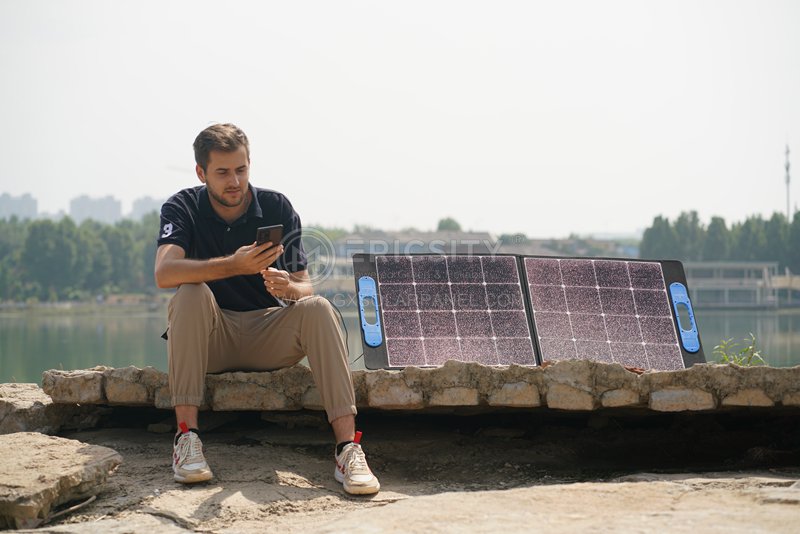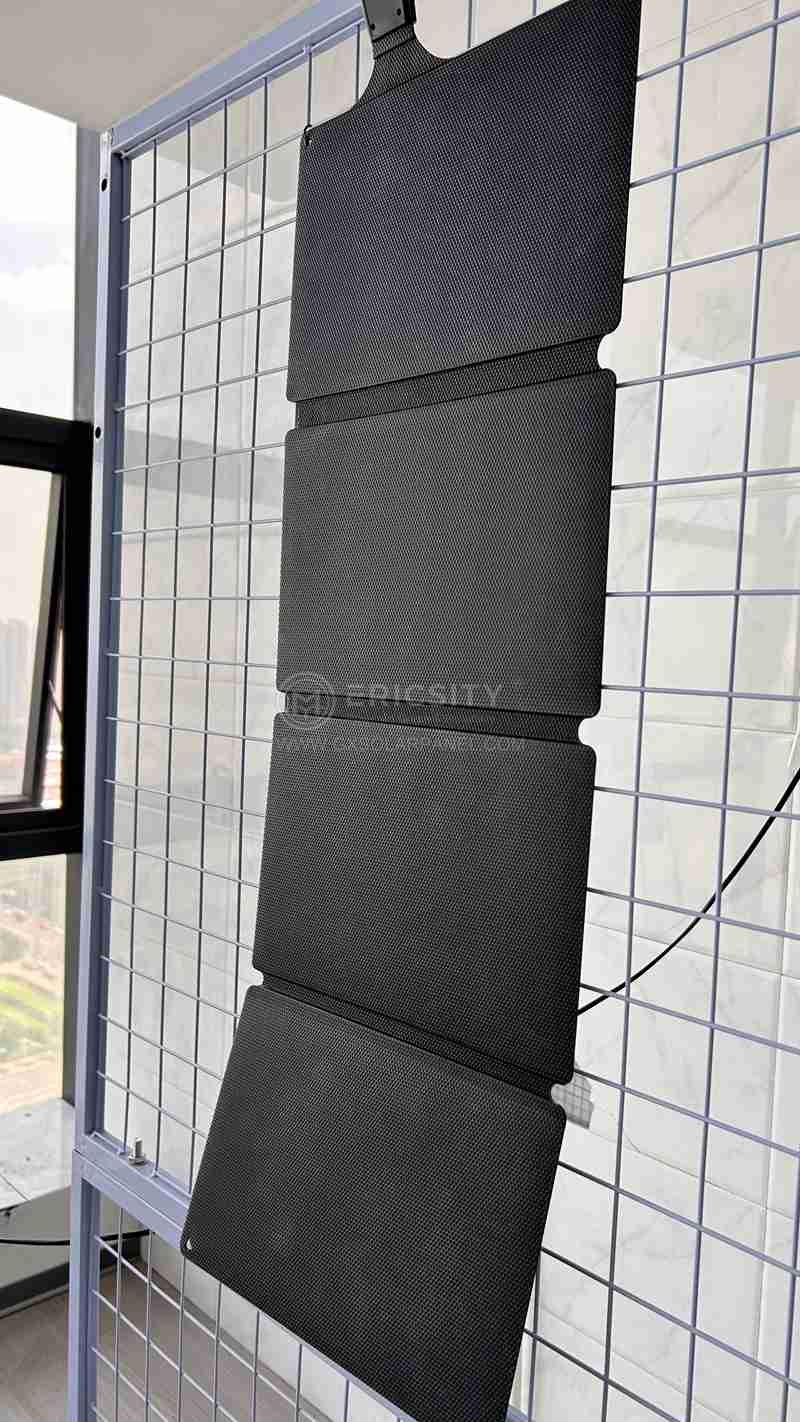HOT PRODUCT
Product Details
exploring The Durability Of Amorphous Flexible Solar Panels
Title: Exploring the Durability of Amorphous Flexible Solar Panels
Introduction:
The growing demand for clean and sustainable energy sources has led to remarkable advancements in solar technology. Traditional solar panels are often rigid and bulky, which limits their applications in certain scenarios. However, recent innovations in materials engineering have given rise to amorphous flexible solar panels, which offer advantages in terms of versatility and durability. This article delves into the features and the durability aspects of amorphous flexible solar panels, shedding light on their potential applications.
Understanding Amorphous Flexible Solar Panels:
Amorphous flexible solar panels, also known as thin-film solar panels, are constructed using thin layers of amorphous silicon rather than crystalline silicon, which is utilized in traditional solar panels. The amorphous structure allows the panels to be more flexible, lightweight, and less prone to damage caused by external factors such as temperature fluctuations and stress.

Durability Characteristics:
1. Temperature Resilience:
Amorphous flexible solar panels exhibit superior temperature resilience compared to their crystalline counterparts. They can withstand extreme temperatures without compromising their performance. This attribute is particularly crucial in regions with fluctuating climates where traditional panels may be susceptible to thermal stress and potential cracks.
2. Resistance to Physical Stress:
The flexibility of amorphous solar panels ensures their resilience against physical stress. They can be bent, folded, or twisted without suffering structural damage. This quality enables their integration onto a wide range of surfaces such as curved structures, vehicle roofs, and portable solar chargers. Additionally, their ability to adapt to various shapes and sizes makes them ideal for applications where traditional panels may be impractical due to size limitations.

3. Lightweight and Portable:
Another noteworthy feature of amorphous flexible solar panels is their lightweight nature. They are significantly lighter compared to crystalline panels, making them easier to transport and install. This attribute is particularly valuable in scenarios where portability and ease of installation are crucial, such as emergency situations or temporary off-grid setups.
4. Enhanced Shadow Tolerance:
Unlike traditional solar panels that are severely affected by abrupt shading of even a small area, amorphous flexible solar panels can handle shadows more effectively. The panels are designed with bypass diodes, reducing power loss caused by shading. This feature allows them to maintain reasonable efficiency in partial shading conditions, making them ideal for urban environments with potential obstructions like nearby buildings or trees.
5. Chemical Resistant Coating:
To enhance durability, amorphous flexible solar panels are often coated with a protective layer that guards against damage from external elements. This coating is typically resistant to chemicals, moisture, and UV radiation, ensuring the panels can withstand prolonged exposure to harsh environmental conditions.
Applications:
The unique attributes of amorphous flexible solar panels open up a wide array of applications, including:
1. Building Integrated Photovoltaics (BIPV): These panels can be integrated seamlessly into building materials, such as windows, facades, and rooftops. Their flexibility allows architects and designers to incorporate solar technology into construction projects more efficiently.
2. Portable Energy Solutions: The lightweight and bendable nature of amorphous flexible solar panels make them ideal for portable solar chargers, backpacks, and camping equipment where compactness and ease of transport are vital.
3. Transportation: Integration of these panels into electric vehicles, boats, and drones can enhance their energy efficiency and reduce reliance on traditional power sources.

Conclusion:
Amorphous flexible solar panels have revolutionized the solar energy industry by offering greater durability and versatility compared to traditional solar panels. Their ability to withstand temperature fluctuations, physical stress, tolerance to shadows, lightweight design, and chemical-resistant coatings make them appealing for a range of applications. As technology continues to advance, further improvements in efficiency and durability of amorphous flexible solar panels are expected, solidifying their position as a key player in the renewable energy landscape.




